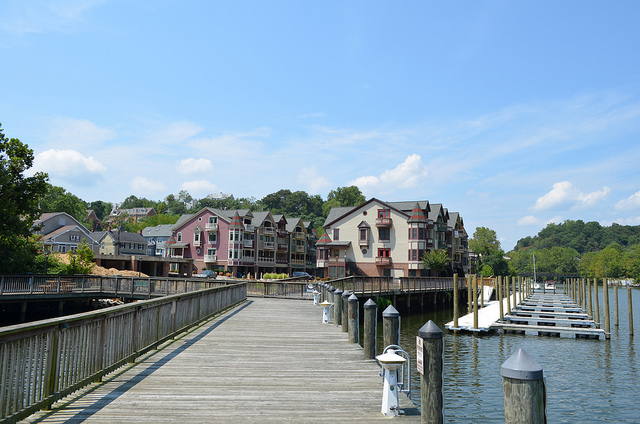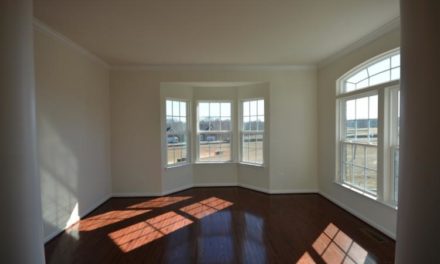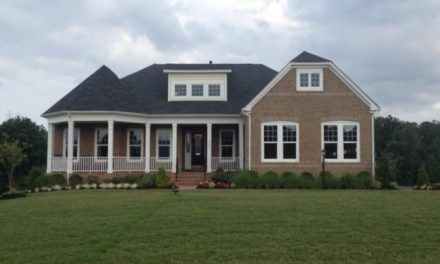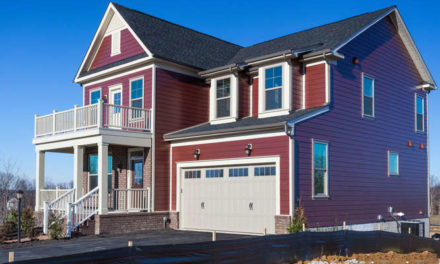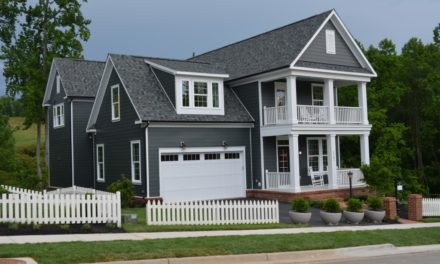The Historic Town of Occoquan
The Town of Occoquan began as a tobacco shipping port during 1734. It continued to prosper as a commercial and manufacturing center on the main east coast North-South trade route. In 1804 Occoquan was incorporated as a town and continued to thrive as a commercial and industrial center into the 1920′s. The Town of Occoquan continues to succeed as a place for arts and crafts shops, specialty stores, restaurants, offices, and isolated residential areas. Like the town of Occoquan, other towns in Prince William County (Dumfries & Haymarket) were born from tobacco and agricultural trade. The Town of Manassas became the seat of Prince William County in 1892 due to economic growth created from Manassas Junction connecting Washington, D. C. to Richmond on the Orange & Alexandria Railroad, and the Shenandoah Valley on the Manassas Gap Railroad. The Town of Quantico was incorporated in 1927. But its creation is different from Dumfries, Manassas, & Haymarket. Quantico was established after the arrival of the Quantico Marine Corps Base in 1917. Before then Quantico experienced growth in the early 1900′s as a resort place, and the business of Quantico Shipyard (the biggest ship building facility in the county).
Occoquan is now the host of Spring and Fall craft festivals, and visitors come to experience ghost walks, river tours, and the Mill House Museum. There are more than 100 commercial businesses in the historic merchant district. Popular tourist attractions: Occoquan Inn, Old Dominion Wine Shoppe, Madigan’s Waterfront Restaurant, Cock & Bowl, Coffee House of Occoquan, Blue Arbor Cafe, Secret Garden Cafe, Mom’s Apple Pie, Virginia Grill, Pink Bicycle Tea Room, Bar J Chili Parlor and Restaurant, Tastefully Yours gourmet food market and cafe, and Bistro L’Hermitage which we consider to be one of the best restaurants in the region. Some nice specialty shops are the Bottle Stop Wine Bar and Eatery, Union Street Guitar Works
Occoquan Neighborhoods
The neighborhoods of the town of Occoquan are listed below with recent sales prices.
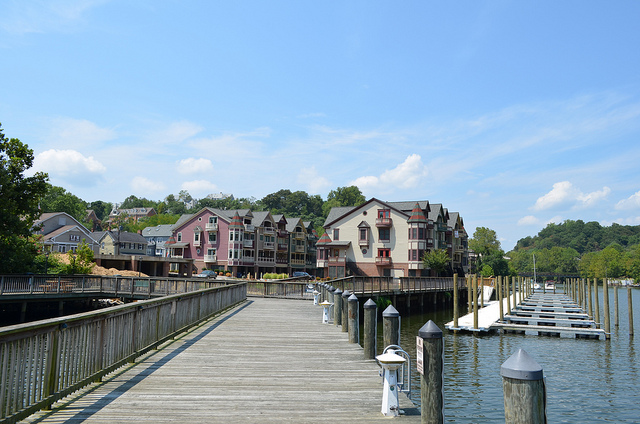
The Town of Occoquan on the Occoquan River at Mamie Davis Park. The condominiums in the background are part of the Gaslight Landing project which began construction during 2008 and finished in 2015. The boat slips are deeded to residence owners of Gaslight Landing.
Barrington Pointe These attached row houses on Overlook Drive come with and without garages have 2-3 bedrooms, 2.5 bathrooms, approximately 1,864-2,100 finished square feet, built 1995-1998, association fees are $375/monthly, $285-$320 price range.
Gaslight Landing These Mill Street luxury waterfront townhome condominiums with Victorian architecture (shown above) have approximately 2,700-2,800 finished square feet, 3 bedrooms, 3.5 bathrooms, 4th level bonus room, 4 balconies, gourmet kitchens, open floor plans, in-home elevators, deeded boat slips, maintenance free living, built 2008-2015 by Classic Concept Builders, 3-4 spaces of covered parking, $595/monthly condominium fee, $800,000-$830,000 price range. Sold prices in 2014 were between $1,034,886 and $774,548.
Nottinghill/Riverview These Washington Street and Mill Cross Lane garage town homes have approximately 1,820-2,000 finished square feet, 3 bedrooms, 2.5 bathrooms, built 1988, $188/quarterly association dues, $320,000-$367,000 price range.
Occoquan Heights This is a 39 unit luxury town home complex with 2-car garages off of Washington Street built by D. R. Horton between 2013-14. These townhouses offer approximately 2,275 finished square feet, 3-4 bedrooms, 3.5 bathrooms, $225 quarterly association dues, $408,000-$435,000 price range.
Occoquan Walk These Washington Street 2-car garage town homes have approximately 2,250-2,875 finished square feet, 3-4 bedrooms, 3.5-4.5 bathrooms, built 2006-10, 4th level guest suite, $208/monthly association/condominium dues, $375,000-$545,000 price range.
Historic Town of Occoquan
Some popular links related to the historic town of Occoquan:
- Town of Occoquan The official site of the town of Occoquan.
- Historic Occoquan Tourist information related to special events, shops and restaurants.
- Occoquan Waterfront Articles related to the Occoquan River (boating, fishing, etc.) and business directory of the historic town of Occoquan.
- Occoquan Craft Show This is one of the biggest craft shows on the east coast. The vendors fill the streets of Occoquan one weekend every Spring and Fall.
- Occoquan Ghost Tours Tours are conducted Wednesdays through Saturdays at 8:00 p. m.
- Occoquan Historical Society Visit the Mill House Museum and check for upcoming historical events in the town of Occoquan.
- Occoquan Picture Album Historic buildings and markers with some extensive information about the development of the town of Occoquan.
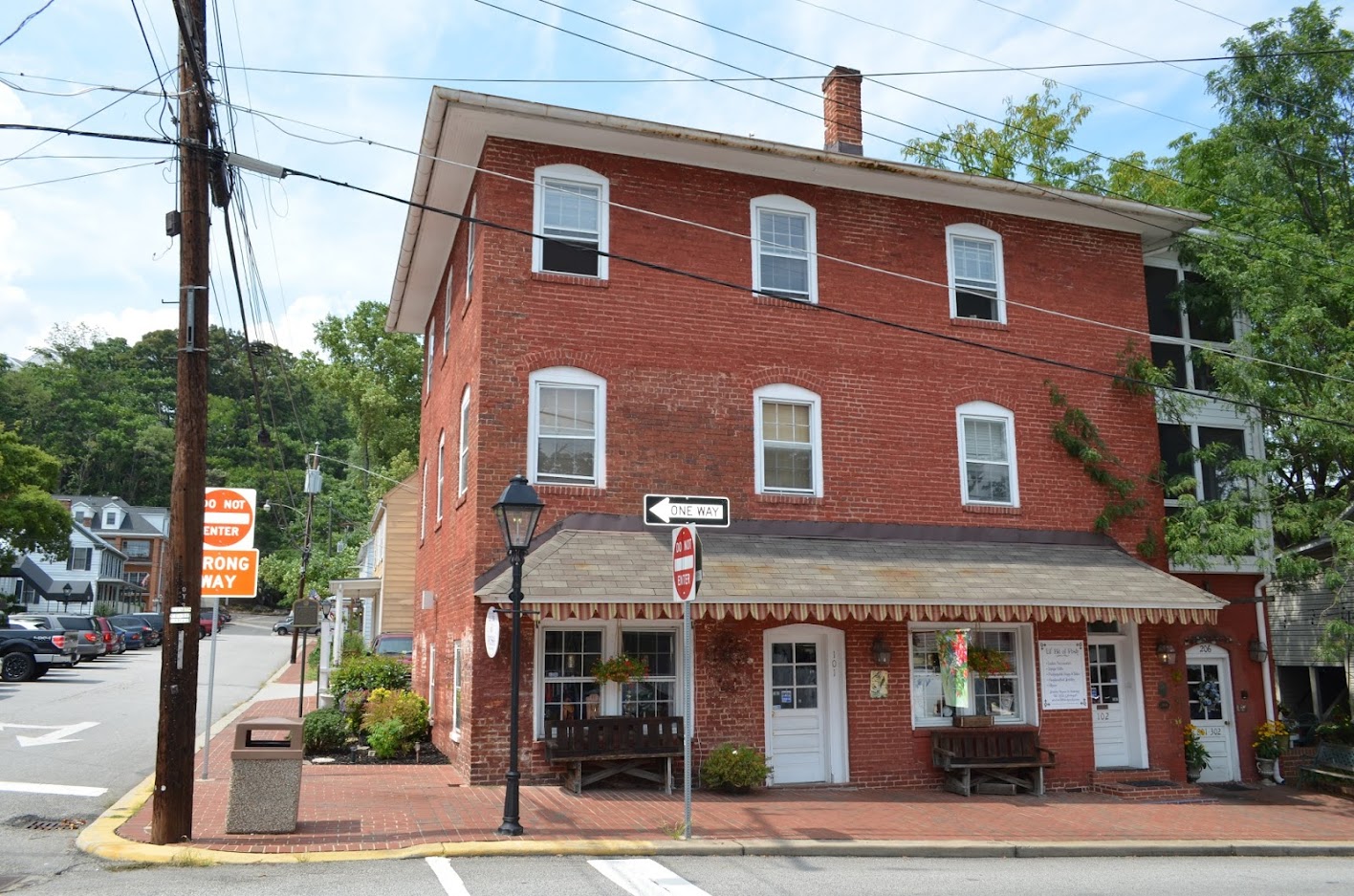
The Occoquan historical marker for the Hammill Hotel denotes that in 1862 Confederate Colonel Wade Hampton made this his headquarters while the Town of Occoquan was occupied by Confederate troops and artillery. The complete description of the marker reads: “The three-story hotel, named for operator Edward Hammill, may be Occoquan’s first brick building. Tradition says it was built in 1804, but it likely dates from c. 1830. It was the Town’s premier Inn. Confederate Col. Wade Hampton made it his headquarters in 1862. The 1916 town fire damaged the hotel. It was converted to apartments in 1942.”
During the early beginnings of this classic Georgian structure it was considered a sought-after place to stay for travelers on the North-South Colonial Route. When U. S. Route 1 brought motorists through the town, businesses like gas stations, food stores hotels and boarding houses dominated the landscape along the Occoquan River.
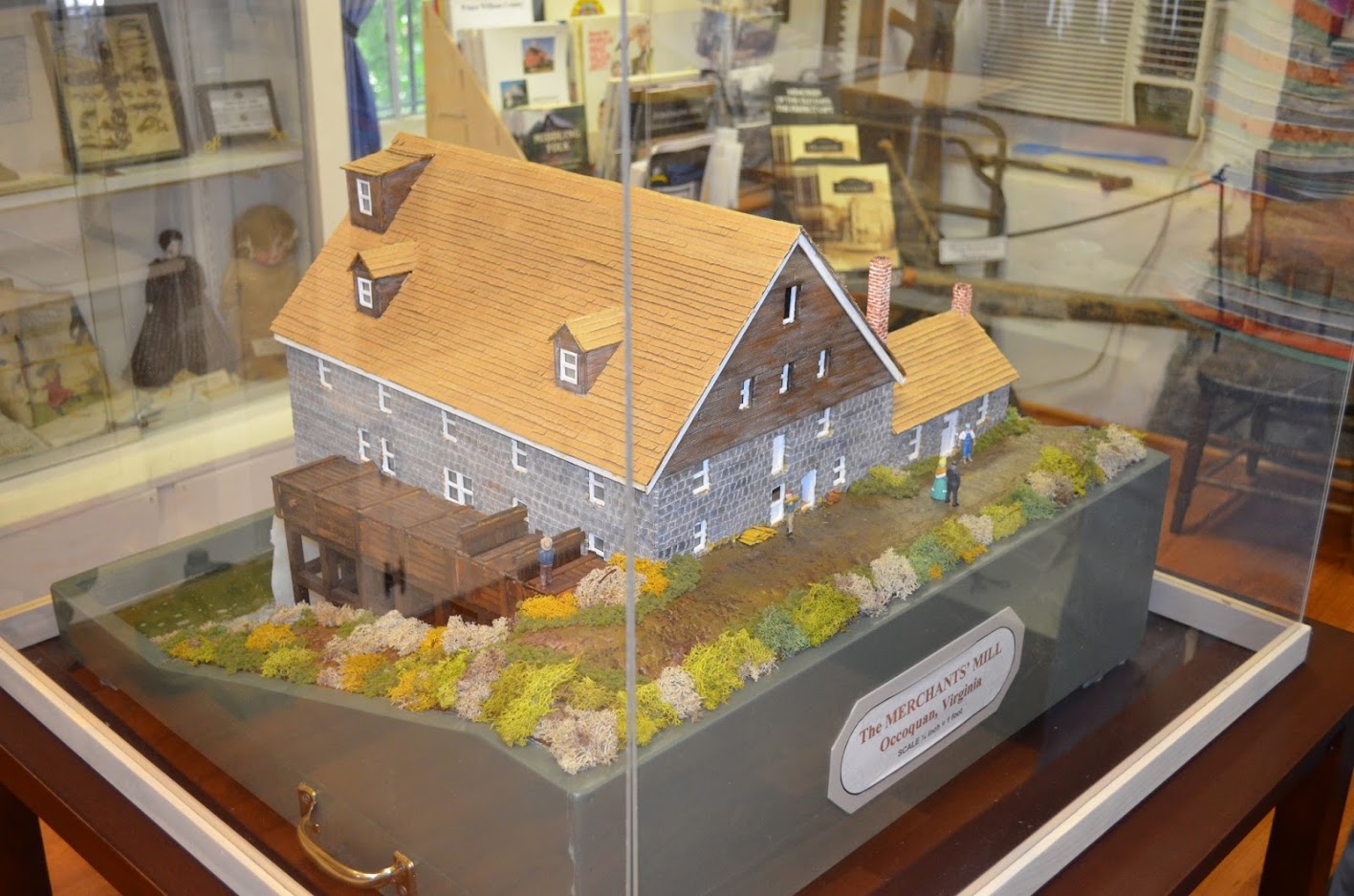
In 1804 Nathaniel Elliot founded the Town of Occoquan, after purchasing the gristmill and Rockledge Mansion. In 1795 he constructed a toll bridge (authorized by the Virginia General Assembly) over the Occoquan River next to the mill. This guaranteed prosperity for Occoquan as the bridge put this small industrial, shipping, and trading community on the main route from Washington to Richmond. Rockledge and Merchant’s Mill existed close to 50 years before it was sold to Nathaniel Elliott.
Merchant’s Mill remained in operation for 175 years before it was destroyed by fire in 1924. A generator fire in the Occoquan Light & Power Company (next to Merchant’s Mill) caught the main structure on fire completely destroying the milling operation while leaving the administrative building intact. It now serves as the Occoquan Museum.
The current day Occoquan Museum served as the office and house for the manager of the Merchant’s Mill. This is pictured here as the smaller building with brick chimney. This building survived the 1924 fire which destroyed the gristmill. It was abandoned and was in serious disrepair when Alexandria Water Company purchased it and rehabilitated it as an office during the construction of the Occoquan River dams. Ellicott’s Mill (Merchant’s Mill) was the first fully-automated gristmill in the region, and one of the first automated mills in the United States.
The Ellicott’s Bridge made Occoquan an important part of the route between Alexandria & Fredericksburg. The route and river crossing made Occoquan a strategic point during the Civil War. During the Civil War the bridge was destroyed by Union troops. It was replaced in 1878 by a Pratt Truss Bridge which remained until flood water during Hurricane Agnes in 1972 carried the bridge away. It was replaced by the current foot bridge.
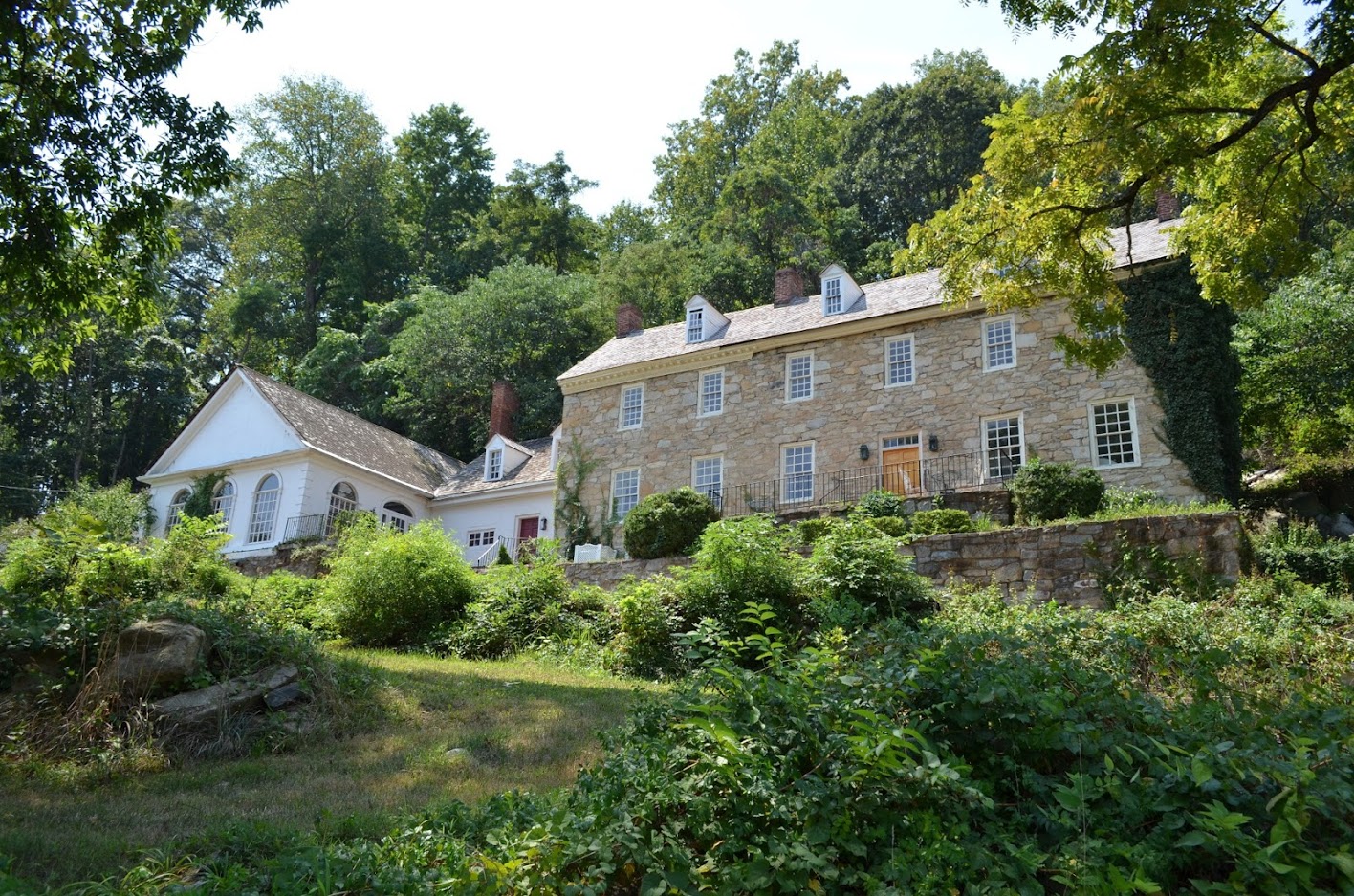
Rockledge Mansion of Occoquan hosts weddings and special events. It was built in 1757-58 by industrialist John Ballendine who opened an iron furnace in Occoquan before it became a port. The architect was William Buckland well known for his Georgian style design of homes in Colonial Chesapeake. It was built a few years after he completed construction of the iron foundry (c. 1755) and the gristmill on the Occoquan River. It was the first automated gristmill in the region, and probably the country. The iron works is believed to produce cannon and cannon balls for the Continental Army during the Revolutionary War.
We encourage folks to enjoy an afternoon walking through the historic town of Occoquan while taking advantage of 40 boutiques and restaurants. Contact us if buying or selling homes in and around the town of Occoquan is in your future.
